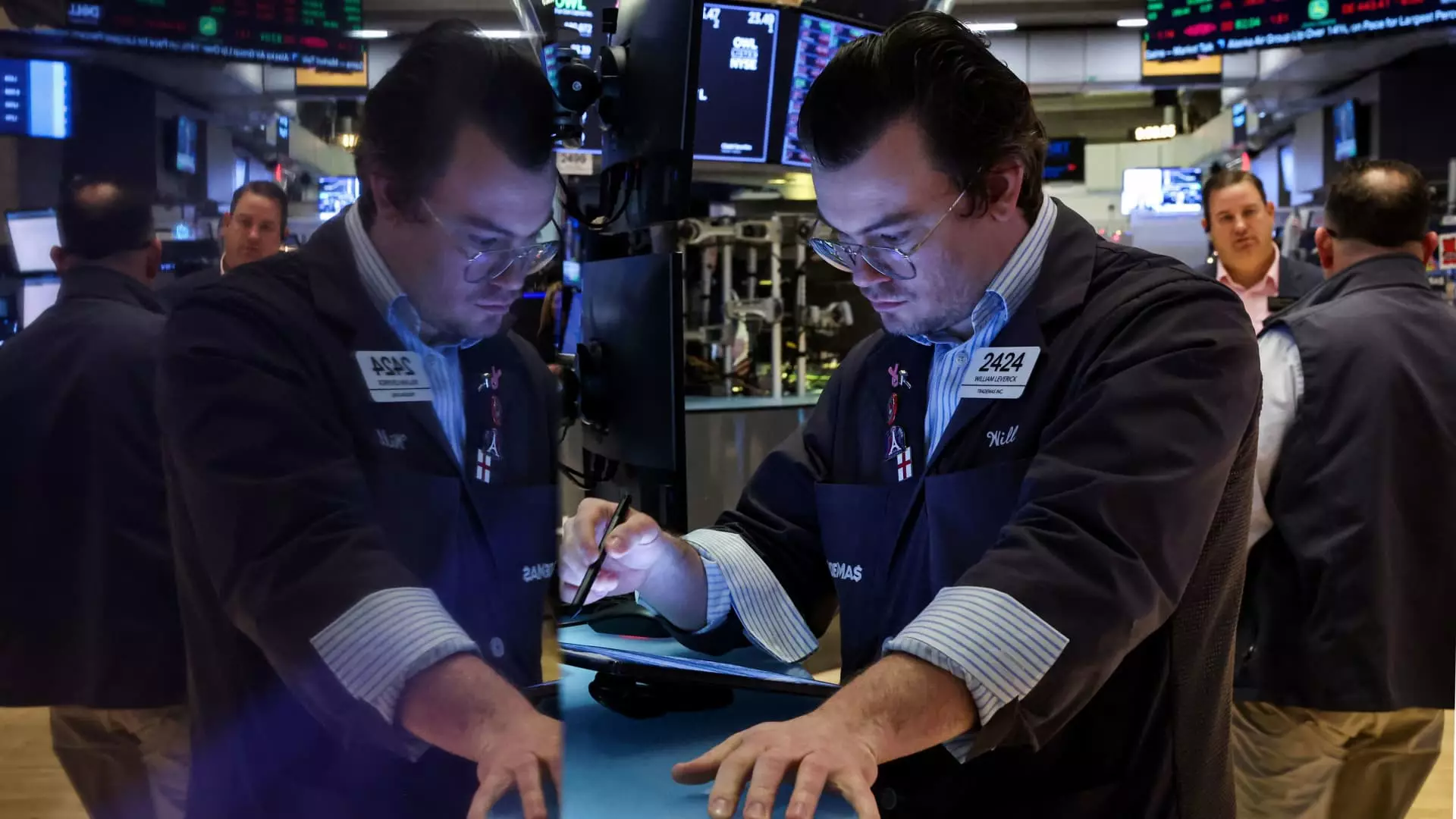The financial markets are often characterized by fluctuations, and the Dow Jones Industrial Average (DJIA) is no exception. Recently, the Dow has seen a significant downturn, falling for nine consecutive days and approaching its longest losing streak since February 1978. This article delves into the underlying factors contributing to this decline, assesses potential implications for investors, and explores the broader market context.
The current decline in the DJIA has not stemmed from a singular issue, but rather a confluence of several elements that have spooked investors. The most pronounced negative influence has been UnitedHealth Group, which has exhibited a staggering 20% drop this month alone. The company has faced intense headwinds due to political rhetoric targeting pharmacy benefit managers—a significant component of the drug supply chain. President-elect Donald Trump’s declaration to “knock out” these intermediaries has ignited fears regarding the future profitability of companies in this sector.
Adding to UnitedHealth’s challenges is the recent tragic event surrounding its CEO, Brian Thompson, which only amplifies the situation’s gravity. In addition to these company-specific issues, a broader rotation among investors has emerged. Stocks that previously rallied due to favorable economic policies associated with Trump’s administration—namely Sherwin-Williams, Caterpillar, and Goldman Sachs—are also experiencing considerable downward pressure, each encountering declines of over 5% this December.
Despite the alarming news surrounding the DJIA, it is crucial to contextualize this within the larger economic framework. The Dow, a price-weighted index primarily composed of well-established consumer and industrial companies, is often seen as a bellwether for the overall economy. However, the recent sell-off coincided with a slight increase in initial jobless claims, raising worries about economic weakness. Yet, investors appear to maintain a sense of optimism about the economic outlook for 2025, dismissing fears reminiscent of the stagflation experienced in the late 1970s.
Given that the broader market indices, such as the S&P 500 and Nasdaq, continue to flourish—hitting new highs—there’s a growing consensus among analysts that the bearish trend of the Dow may not be indicative of a fundamental economic collapse. The S&P 500 reached its zenith on December 6, and the tech-heavy Nasdaq Composite recorded its record high shortly thereafter, showcasing resilience in sectors that are typically more volatile.
While the extended downturn in the DJIA has raised eyebrows, the magnitude of the sell-off warrants a closer inspection. As of the most recent available data, the Dow is down approximately 1,582 points or about 3.5% from its earlier position closing above 45,000. To put this into perspective, a decline of 10% or more would categorize a sell-off as a “correction,” and we have yet to approach that threshold.
Thus, while the duration of the decline is concerning, the actual financial impact appears to be relatively modest. Historically, indices like the DJIA have exhibited volatility, and seasonal fluctuations are commonplace, suggesting that investor reactions may sometimes be overly reactive.
An essential consideration for understanding the DJIA’s current trajectory is the nature of its construction. Established in the late 19th century, the index was designed to reflect a typical investor’s portfolio, emphasizing a simple average of prices across its constituent companies. However, many critics argue that this price-weighted structure has become antiquated, inadequately representing the contemporary landscape of diversified investment opportunities.
In recent years, the dominance of large-cap tech stocks like Apple, Microsoft, and Amazon has vastly outpaced the performance of traditional industrial companies. These entities, while part of the DJIA, contribute insufficiently to the index’s overall performance during downturns because of their relative weight in a price-weighted index.
Despite the current challenges, many market watchers believe that the DJIA’s retreat is a temporary setback rather than a harbinger of prolonged difficulty. Anticipation surrounding the Federal Reserve’s upcoming decisions is viewed as a pivotal moment that could spur a rebound. Traders with experience in these market dynamics often sense that oversold conditions invite opportunity for rebound actions.
While the Dow Jones Industrial Average’s recent decline has captured significant media attention, it is imperative to assess it through a multifaceted lens. Acknowledging the challenges presented by individual companies alongside broader market trends can illuminate investor sentiment. Ultimately, while fluctuations are a natural part of market dynamics, the prospects for recovery remain strong, bridging optimism and caution as we transition into the new economic landscape ahead.

